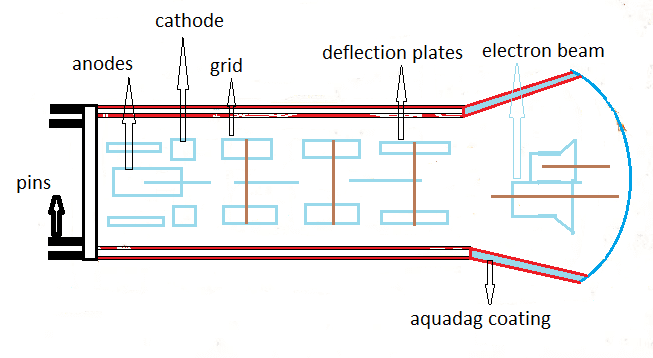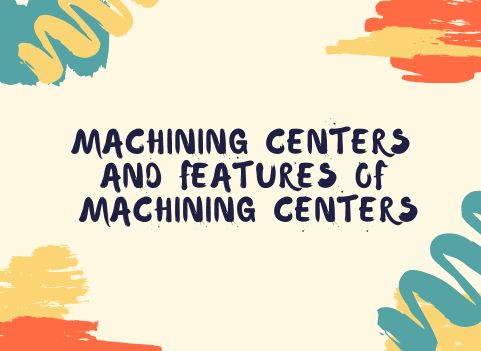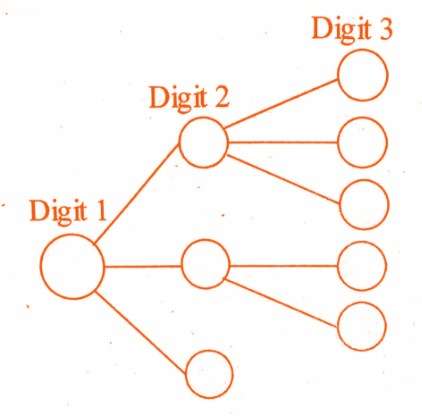Solid modeling is a computer-aided design (CAD) technique used to create a three-dimensional representation of an object’s internal and external structure. There are several methods used in solid modeling to create complex and accurate models, including the following:
- Extrusion: Extrusion is a method of creating a 3D solid model by extending a 2D shape along a path in a specified direction. The resulting 3D solid has a constant cross-section along its length. Extrusion is commonly used to create features such as ribs, protrusions, and cuts.
- Revolve: Revolve is a method of creating a 3D solid model by rotating a 2D shape around an axis. The resulting 3D solid has a symmetrical cross-section along its length. Revolve is commonly used to create features such as shafts, cones, and bowls.
- Sweep: Sweep is a method of creating a 3D solid model by sweeping a 2D shape along a path in a specified direction. The resulting 3D solid has a varying cross-section along its length. Sweep is commonly used to create features such as threads, gears, and springs.
- Loft: Loft is a method of creating a 3D solid model by creating a surface between two or more cross-sections. The resulting 3D solid is generated by blending the cross-sections along the surface. Loft is commonly used to create features such as airplane wings, car bodies, and curved pipes.
- Boolean operations: Boolean operations are a method of creating a 3D solid model by combining or subtracting simple shapes. The resulting 3D solid is created by adding, subtracting, or intersecting the simple shapes. Boolean operations are commonly used to create features such as holes, slots, and fillets.
- Fillet and Chamfer: Fillet and chamfer are methods of rounding the edges of a 3D solid model. Fillet creates a smooth, rounded corner between two surfaces, while chamfer creates a beveled edge between two surfaces. Fillet and chamfer are commonly used to create features such as corners, edges, and joints.
Overall, solid modeling methods are essential tools in CAD and computer-aided engineering (CAE) and allow designers to create complex and accurate 3D models for various applications. The choice of the method depends on the desired outcome and the complexity of the model.




